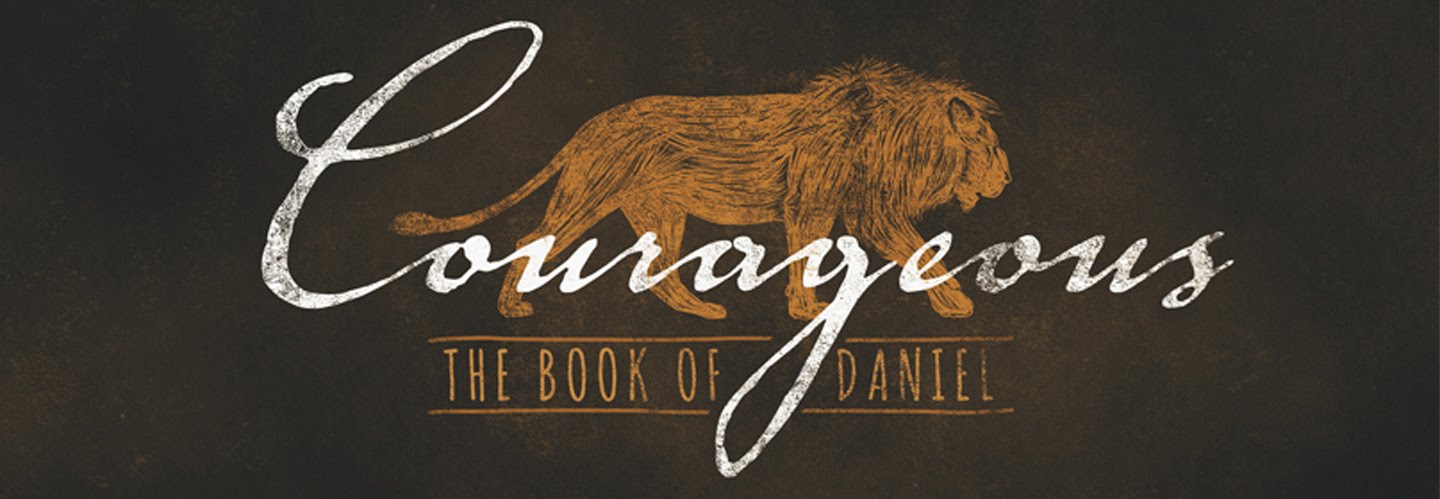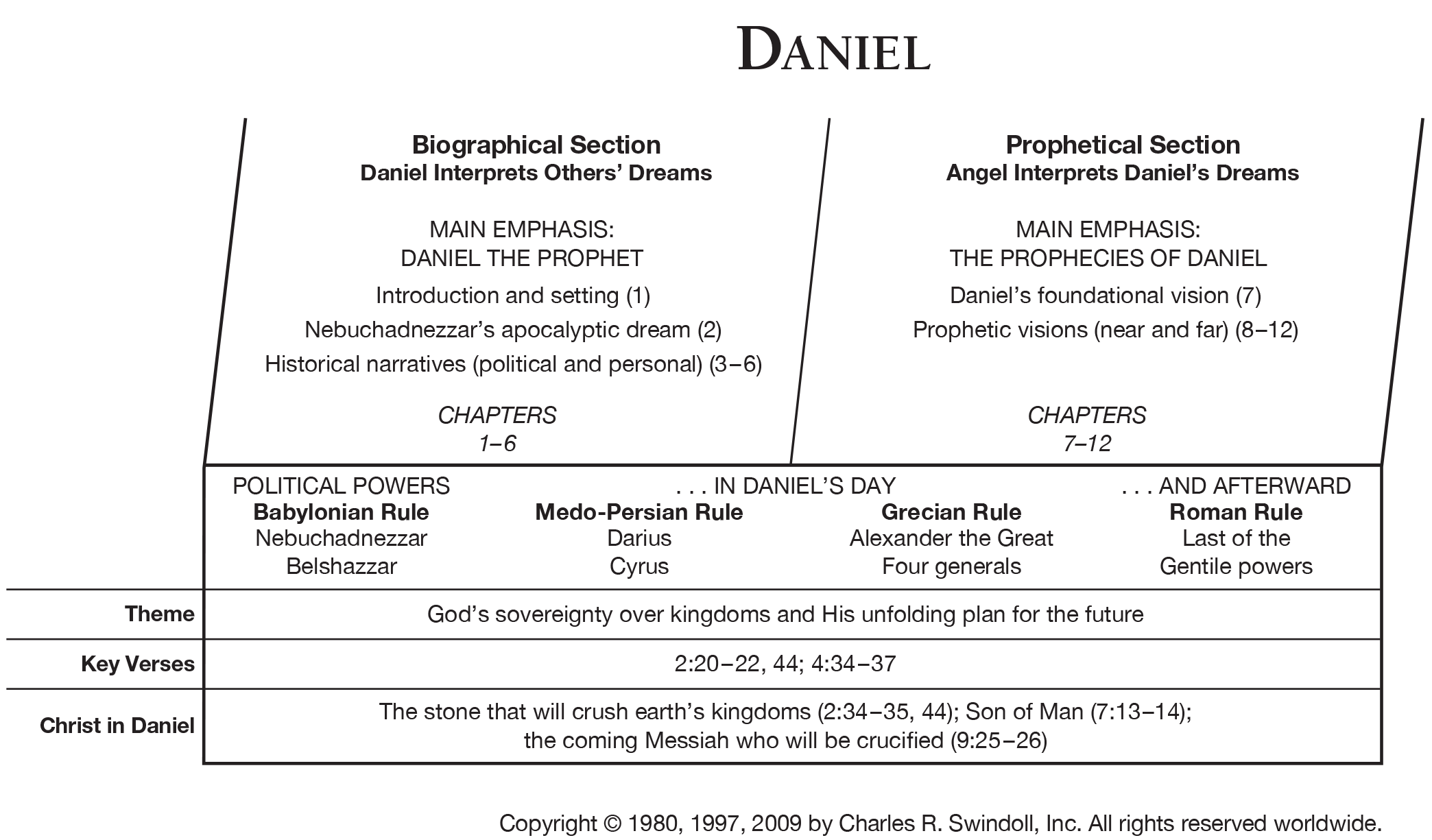Daniel chapter 8 questions and answers – Embark on a journey of biblical exploration as we delve into Daniel Chapter 8, uncovering its profound mysteries and unlocking the secrets it holds. Prepare to be captivated by the intricate symbolism, historical insights, and eschatological revelations that await within these enigmatic verses.
Daniel Chapter 8 presents a vivid tapestry of visions and prophecies, inviting us to decipher their meanings and unravel their significance for our understanding of the past, present, and future.
Key Verses and Themes

Daniel chapter 8 offers profound insights into the rise and fall of empires and the unfolding of prophetic events. The chapter revolves around key verses that establish its significance and explore central themes.
Key Verses
- Daniel 8:1-2: Daniel’s vision of a ram and a goat symbolizes the rise and conflict between Medo-Persia and Greece.
- Daniel 8:5-8: The emergence of a “little horn” represents the rise of Alexander the Great and the subsequent division of his empire.
- Daniel 8:20-25: The “little horn” becomes a tyrannical power, persecuting God’s people and attempting to change times and laws.
Themes
The main themes explored in Daniel chapter 8 include:
- The Rise and Fall of Empires: The vision of the ram and goat depicts the rise and fall of world powers, emphasizing the cyclical nature of history.
- The Emergence of Evil: The “little horn” represents the rise of a tyrannical and blasphemous power that seeks to destroy God’s people.
- God’s Sovereignty: Amidst the chaos of empires and the rise of evil, Daniel’s vision affirms God’s ultimate sovereignty and control over history.
The Ram and the Goat Vision

Daniel 8 presents a vision of a ram and a goat, symbolizing two powerful kingdoms. The ram represents the Medo-Persian Empire, while the goat symbolizes the Greek Empire under Alexander the Great.
The Symbolism of the Ram and the Goat
The ram with two horns represents the Medo-Persian Empire, which had two main branches: Media and Persia. The goat with a single horn symbolizes the Greek Empire, which was united under Alexander the Great.
Delving into the intricacies of Daniel chapter 8 questions and answers can be an enlightening journey. Yet, as we navigate these profound inquiries, let us not forget the captivating narrative that unfolds in reality quest chapter 53 . There, we witness the unraveling of a complex web of events, mirroring the enigmatic visions of Daniel’s prophecy.
As we return to our exploration of Daniel chapter 8, these insights from reality quest chapter 53 enrich our understanding, shedding new light on the profound mysteries that lie within.
The Little Horn
From the goat, a “little horn” emerges, which represents a powerful leader who will arise within the Greek Empire. This horn is identified as Antiochus IV Epiphanes, a Seleucid king who persecuted the Jews and attempted to Hellenize Jerusalem.
As we delve into the intricate questions and answers of Daniel chapter 8, we are reminded of the thrilling adventure that awaits us in dangerous dungeon escape chapter 17 . Like Daniel’s quest for understanding, our hero embarks on a perilous journey through treacherous labyrinths, facing unknown dangers and seeking the path to enlightenment.
And just as Daniel’s insights illuminate the mysteries of his time, our own exploration of the dungeon’s depths will lead us to a profound understanding of the hidden truths that lie before us.
The little horn’s actions, as described in Daniel 8:9-12, include:
- Growing large and powerful
- Attacking the south (Egypt) and the east (the Seleucid Empire)
- Conquering the heavenly sanctuary
- Casting down the stars (the righteous)
- Exalting itself above God
The 2,300 Days Prophecy: Daniel Chapter 8 Questions And Answers

The prophecy of the 2,300 days in Daniel 8:14 is a complex and enigmatic passage that has been the subject of much debate and speculation throughout history. There are two main schools of thought regarding the interpretation of this prophecy: the historical interpretation and the eschatological interpretation.
Seeking insights into Daniel Chapter 8’s enigmatic visions? Dive into a literary journey with Bad Thinking Diary Chapter 58 , where introspection and self-discovery intertwine. As you delve into the depths of the diary, return to Daniel Chapter 8, armed with newfound clarity, to unravel its mysteries.
Historical Interpretation
The historical interpretation views the 2,300 days as a literal period of time that refers to specific events in ancient history. Some scholars believe that the prophecy refers to the period of time between the desecration of the temple in Jerusalem by Antiochus Epiphanes in 168 BC and its rededication in 165 BC. Others believe that it refers to the period of time between the rise of the Maccabees in 167 BC and the establishment of the Hasmonean kingdom in 142 BC.
Evidence for the Historical Interpretation
- The prophecy specifically mentions the sanctuary and the host being trampled underfoot for 2,300 days (Daniel 8:13). This could be interpreted as a reference to the desecration of the temple by Antiochus Epiphanes.
- The prophecy also mentions a period of 1,290 days (Daniel 8:14), which some scholars believe could be a reference to the period of time between the desecration of the temple and its rededication.
Eschatological Interpretation, Daniel chapter 8 questions and answers
The eschatological interpretation views the 2,300 days as a symbolic period of time that refers to events in the end times. Some scholars believe that the prophecy refers to the period of time between the first coming of Christ and his second coming. Others believe that it refers to the period of time between the rapture of the church and the return of Christ to earth.
Evidence for the Eschatological Interpretation
- The prophecy mentions a period of 2,300 evenings and mornings (Daniel 8:14), which could be interpreted as a reference to a period of time that is longer than a literal 2,300 days.
- The prophecy also mentions a period of 1,335 days (Daniel 8:14), which some scholars believe could be a reference to the period of time between the rapture of the church and the return of Christ to earth.
Conclusion
The 2,300 days prophecy in Daniel 8:14 is a complex and enigmatic passage that has been the subject of much debate and speculation throughout history. There is no definitive answer to the question of whether the prophecy should be interpreted historically or eschatologically. However, the evidence presented above suggests that both interpretations have some merit.
Daniel’s Prayer and the Angel’s Response

In response to the perplexing vision, Daniel earnestly sought understanding through prayer. His heartfelt plea (Daniel 8:15-19) expressed his desire to know the meaning of the vision and its implications.
The angel Gabriel appeared to Daniel and provided a detailed interpretation of the vision. The angel explained the symbolism of the ram and the goat, representing the kingdoms of Media-Persia and Greece, respectively (Daniel 8:20-21).
The 2,300 Days Prophecy
A significant revelation in the angel’s response was the prophecy of the “2,300 days” (Daniel 8:14). The angel explained that this period represented the time from the vision’s fulfillment to the cleansing of the sanctuary (Daniel 8:14).
Daniel, being perplexed by the vision and its significance, sought clarification through prayer. His prayer, found in Daniel 8:15-19, reflects his humility, desire for understanding, and trust in God.
The Angel’s Response
In response to Daniel’s prayer, the angel Gabriel appeared to him and provided an interpretation of the vision. Gabriel explained that the ram represented the kingdom of Media and Persia, while the goat represented the kingdom of Greece (Daniel 8:20-21).
The angel also revealed that the “little horn” that emerged from the goat represented a future ruler who would arise within the Greek empire and become a great persecutor of God’s people (Daniel 8:23-25).
Gabriel further explained that the 2,300 days mentioned in the vision represented a period of time that would extend from the vision’s fulfillment to the time when the sanctuary would be cleansed (Daniel 8:14).
Closing Notes

As we conclude our exploration of Daniel Chapter 8, we are left with a deeper appreciation for the intricate tapestry of God’s plan throughout history. The visions and prophecies contained within these verses serve as a timeless reminder of His sovereignty and the ultimate triumph of His kingdom.